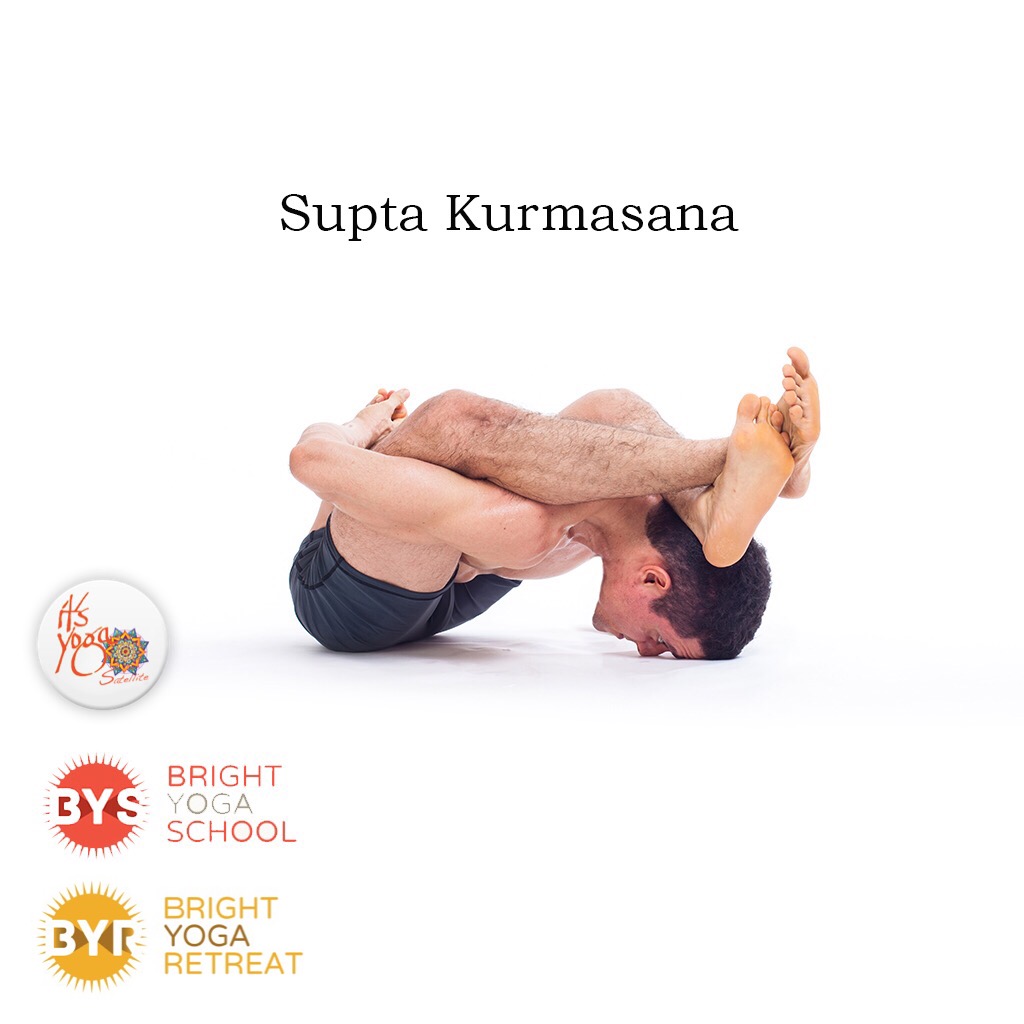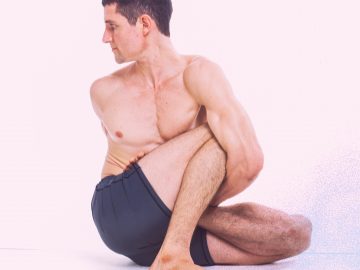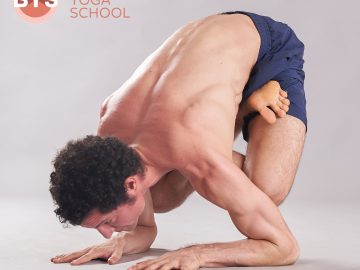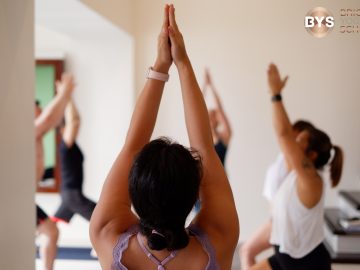Supta Kurmasana is one of the deepest hip openers in Primary Series of Ashtanga Vinyasa Yoga. This posture require: deep external rotation in the hips, deep flexion in the spine and a deep inner rotation in the shoulder join. If you have any restriction in your body in these areas, you should considerer the idea to hold the previous postures for a bit longer in order to allow your body to slowly open.
In standing series, a deep Prasarita Padottanasana A will promote a deeper flexion in the spine. This action will support, not only Supta kurmasana, also kurmasana and other postures like Tittibasana, and Upavista Konasana. If you have hard time to get deep in Prasarita A is good idea to stay here for 8 breaths or more in order to allow your back to slowly open.
In seated postures, all the asanas from Janu Sirsasana to Kurmasana can help you to work really deep in all the anatomical movements mentioned above: external rotation in the hips, flexion in the spine and inner rotation in the shoulder.
In Janu A, B & C you will work more effectively in open the hips (external rotation) if you pay attention in ground the sitting bone of the bending leg. About the spine position, round your back in all the Janu Sirsasana will help you to train the core and open the lower back, getting you ready for Supta Kurmasana
To work in the inner rotation of the shoulders, all the Marichyasanas are great for this aim. In order to do this is very important to pay attention to the movement of the shoulder. When you bind keep the bending knee as close as possible to the side of the body and straight up, keep the heal behind the the Knee and press it down will help you to ground your foundation and work really deep in the shoulders and hips.
When you wrap your arm around try to reduce the space between your shinbone and your armpit, this will help you to work really deep in the inner rotation of the shoulder. In Marichyasana A & B move your chest forward and down and pull the knee backwards will help you to open the hips. If you can not get there yet, feel free to stay in all the Marichyasanas for 8 breaths or more, work with patient toward this.
Navasana, by squeezing the legs you will awake the lower abdominal region and if you slow down the breathing your core will get stronger. A strong core will help you to support the lower back when you put the legs behind the head in Supta Kurmasana
Bhujapindasana, will help you to work in your core in a deeper level specially if you jump into it, also holding your body weight in your arms will create strength back into the shoulder allowing you to bring more stability in this joint without compromise the flexibility you need to have for Supta Kurmasana
Kurmasana, in this asana is very important to keep your legs just a bit wider than your shoulders, when your arms are moving under the legs, bring your legs as close as possible to the shoulders, engage the quadriceps and lift the heals out of the floor. If this is possible Supta Kurmasana is about to happen =)
If Kurmasana as described above is not possible, stay for 8 breaths at least, specially in all the Janu Sirsanas and Marichyasanas.
Feel free to share this information, help us to spread the love of the practice
Thanks for reading
Namaste



